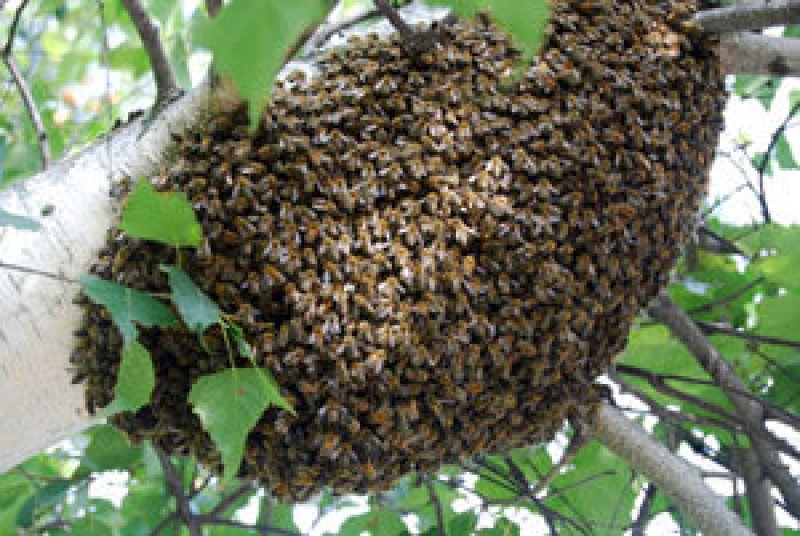The GLP aggregated and excerpted this blog/article to reflect the diversity of news, opinion and analysis.
French researchers say neonicotinoid pesticides harm individual honeybees, but whole colonies are able to recover in the wild.
This accounts for discrepancies between lab and field studies, they report in Royal Society journal Proceedings B.
A Europe-wide ban on neonicotinoid use on flowering crops is due to be reviewed at the end of the year.
It was introduced two years ago.
The debate over the use of neonics has centred on discrepancies between toxicity assessments in the laboratory, where bees are dosed artificially with insecticide, and the findings of field trials in the countryside.
The big unanswered question is whether harmful effects seen in lab studies occur in real-life conditions and cause population declines.
The new research provides an explanation for the “missing link”, say French researchers.
Their monitoring of tagged honeybees in the wild suggests bees foraging around treated crops die off at a faster rate than normal.
However, colonies are able to make up for those dying off by boosting the number of worker bees in the hive.
Read full, original post: Bees and pesticides ‘missing link’ found































